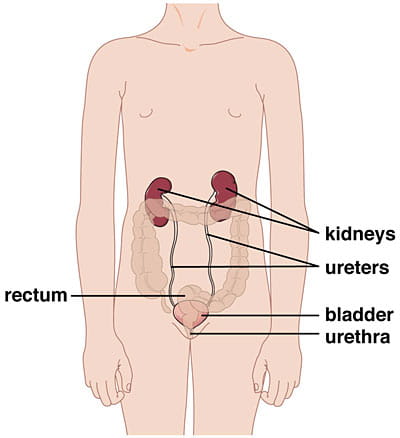How Do You Treat UTIs?
The most common treatment for a UTI is antibiotics, which kill the germs that are causing the infection. The pediatrician also may recommend that your child take pain relief medicine as needed, and drink plenty of fluids.
UTIs can cause irritation and raw skin on your child’s private parts. If these symptoms do not improve after exposing the skin to air and creating a moisture barrier with petroleum jelly, zinc oxide or lanolin, let your pediatrician know.
If My Child is Being Treated for a UTI, What Can I Do to Help?
- Give your child all the medicine the doctor prescribed for the infection. Do not stop the medicine, even if your child is feeling and acting better.
- Give your child lots of fluids to drink so they continue to urinate regularly, every two to three hours for toilet trained children.
- Tell your doctor if your child’s fever, pain or other symptoms continue after taking the medicine for two days.
- If your child is in pain or has a fever, give medicine only as directed by the doctor. Do not give aspirin to children.
- Keep all follow-up appointments.
- Do not allow your child to sit in bathwater that contains bubble bath, shampoo or soap, as this can cause irritation. If your child takes a bath, have them sit in clear water until you’re ready to use these products. Once you are finished, rinse your child off and remove the products from the tub.
What if My Child Gets Frequent UTIs?
Some children get UTIs more often than others. Be sure to tell your pediatrician if symptoms happen again after treatment, or if your child has three or more UTIs in a six-month period.
The pediatrician may recommend taking your child to a pediatric urology practice for an evaluation. Doctors and nurse practitioners at this type of practice specialize in treating children who have problems with their urinary system. These specialists may run additional tests to learn about the cause and recommend a new treatment plan.
These additional tests may include:
- An ultrasound to view the kidneys, bladder and the tubes connecting them
- A voiding cystourethrogram (sis-toe-u-reeth-ro-gram), or VCUG. This X-ray shows how the bladder is working while the person is urinating.





